
A gross image from one of my friend’s childhood flip phone, upsized and brightened
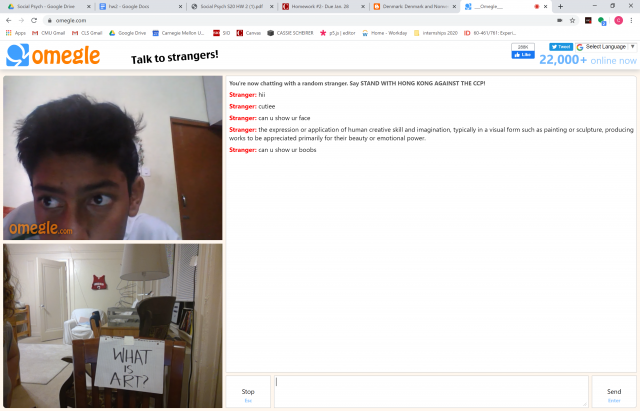
Intro to Contextual Practice project experiment

a pickup line I enjoy
60-461/761: Experimental Capture
CMU School of Art / IDeATe, Spring 2020 • Profs. Golan Levin & Nica Ross

A gross image from one of my friend’s childhood flip phone, upsized and brightened

Intro to Contextual Practice project experiment

a pickup line I enjoy
1. Fried Memeself
From left to right: original photo, fried meme (lowest quality JPEG compression x20,) unsuccessful algorithmic enhancement.



2. Most Beautiful Self
Images now belong to Meitu and various data brokers/governments.
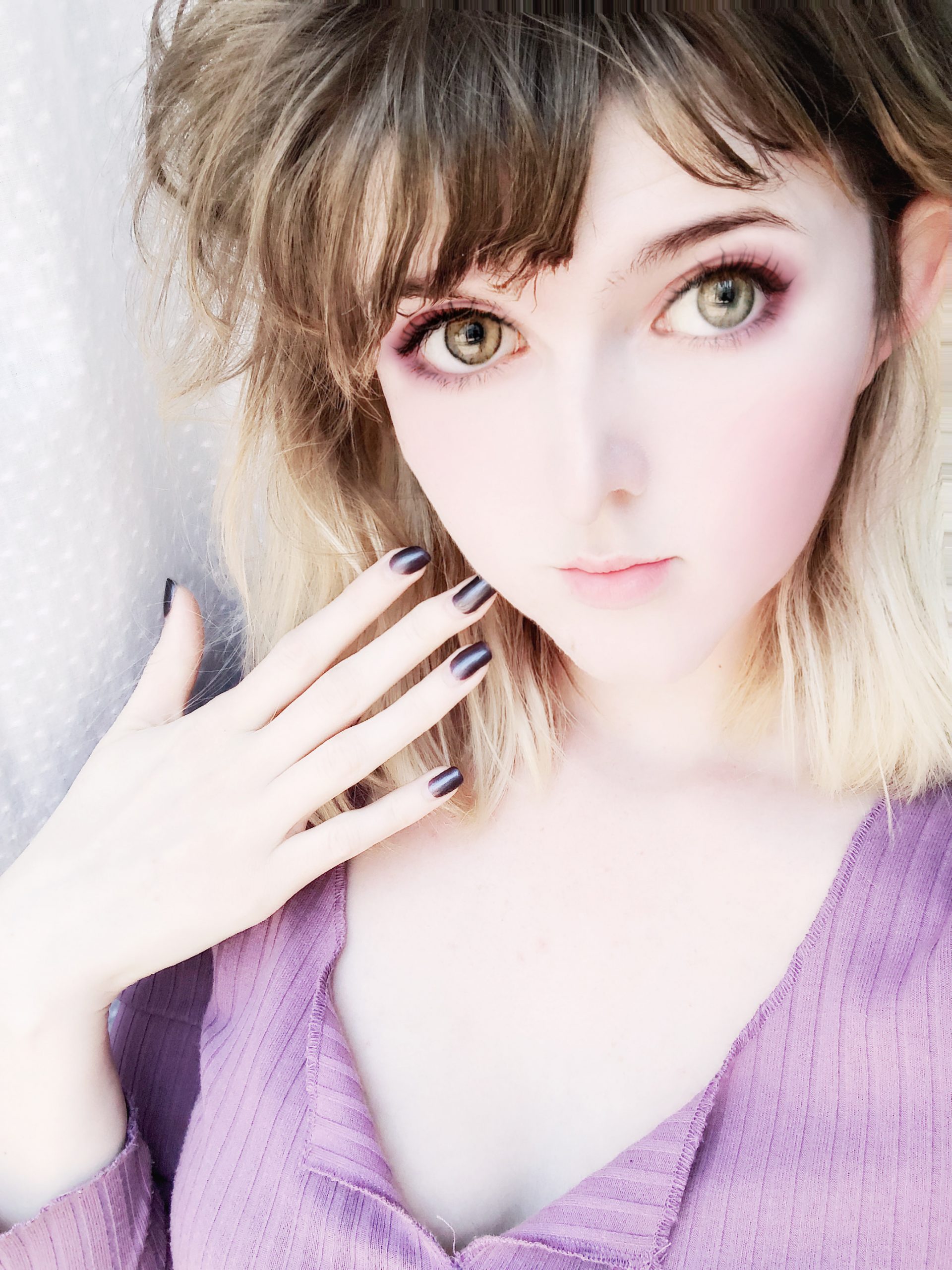

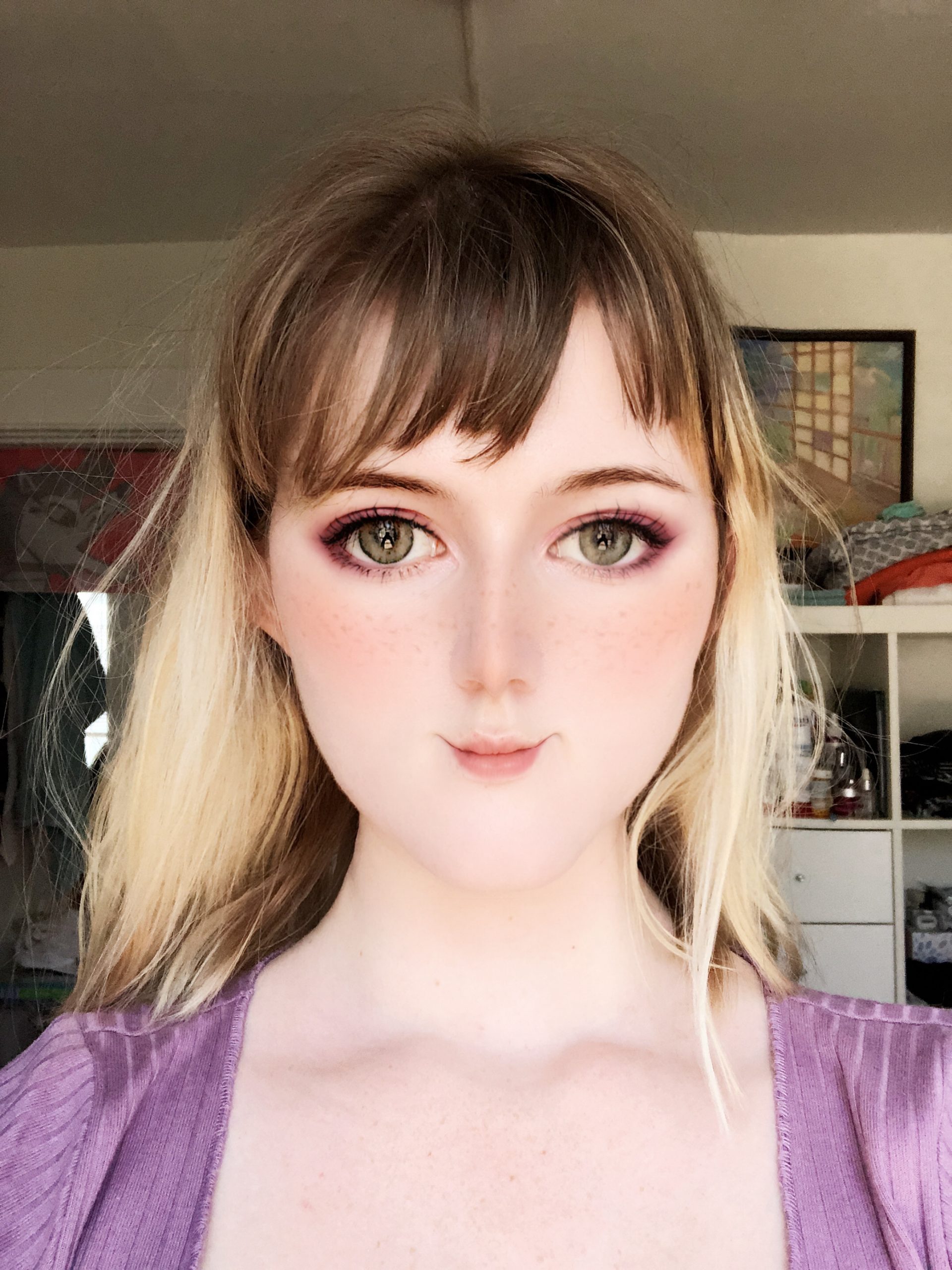
3. Virtual Cute Happy Animal Timesuck Hobby Birthday self
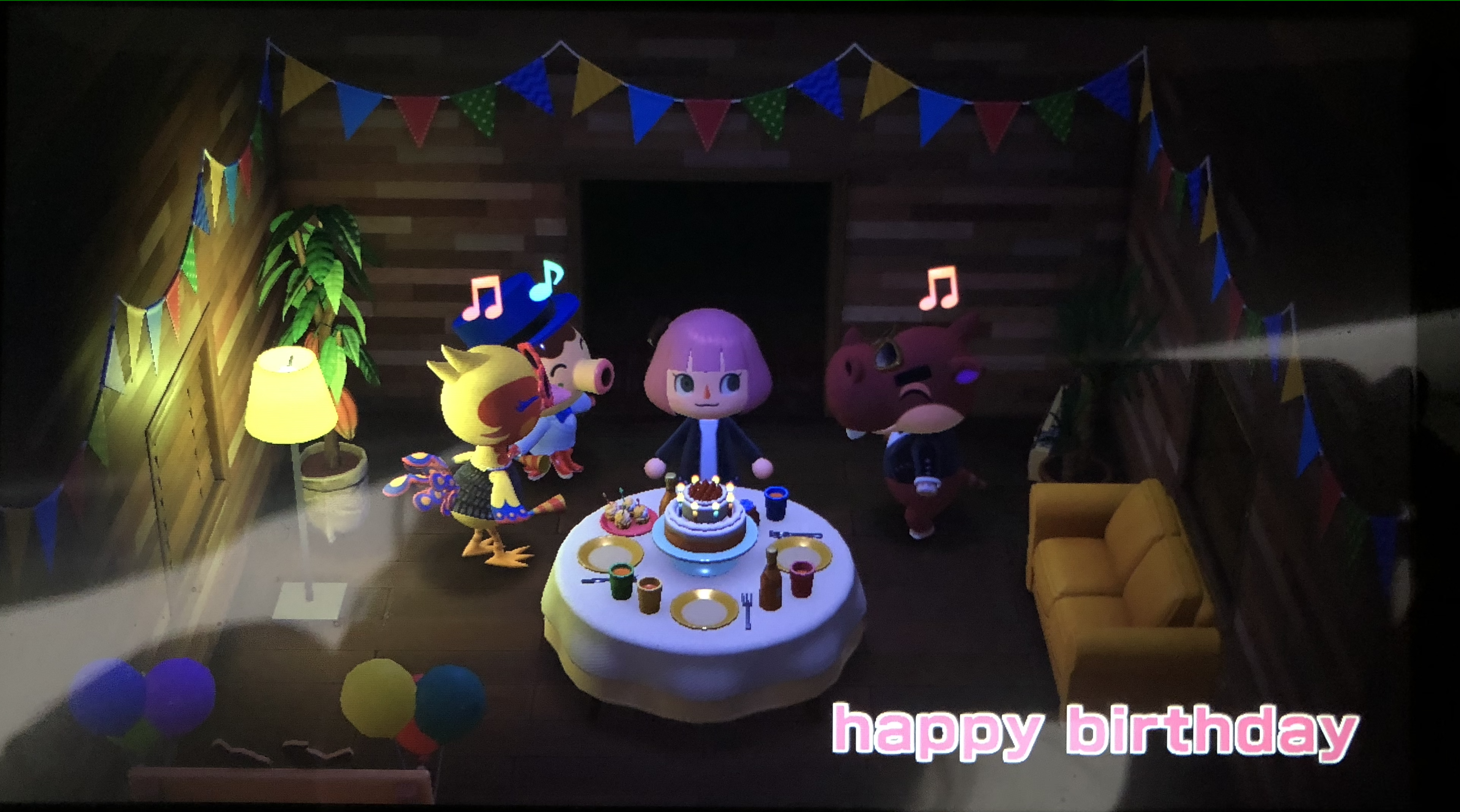
I created recordings of recordings of me from a poor image from my webcam.
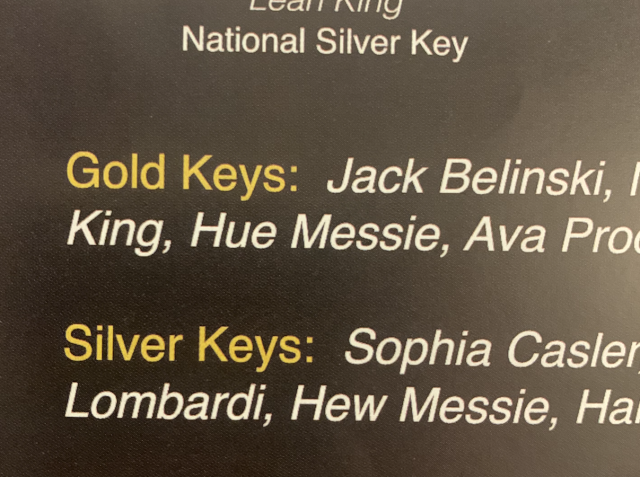
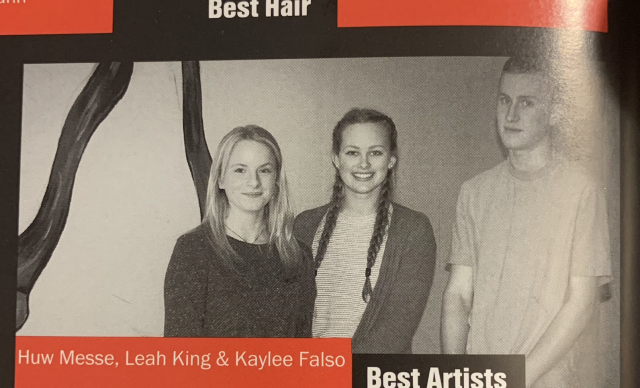
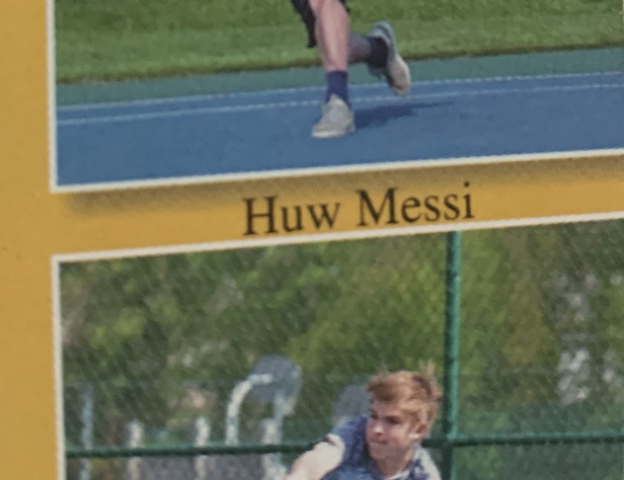
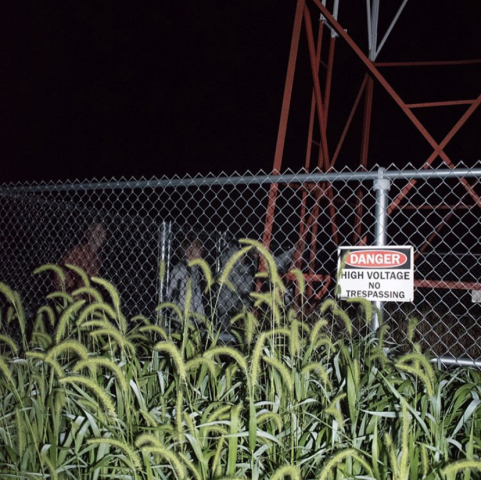
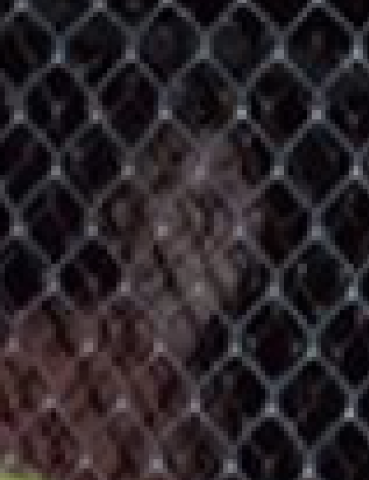
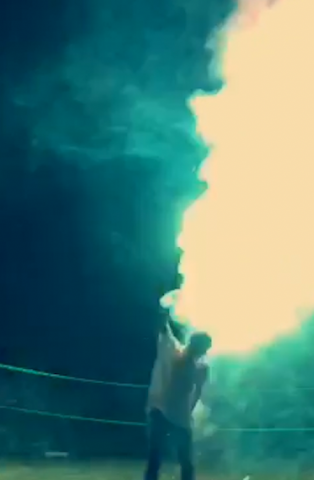
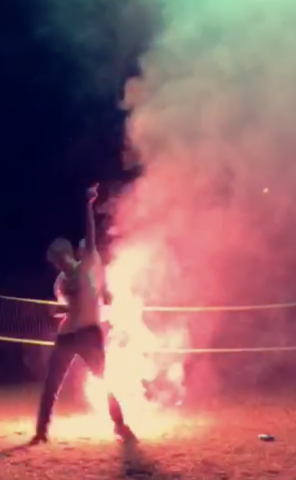
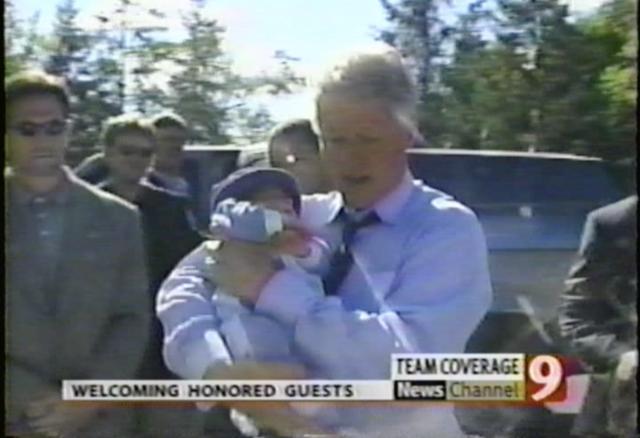
Indirect portraits of a student in quarantine
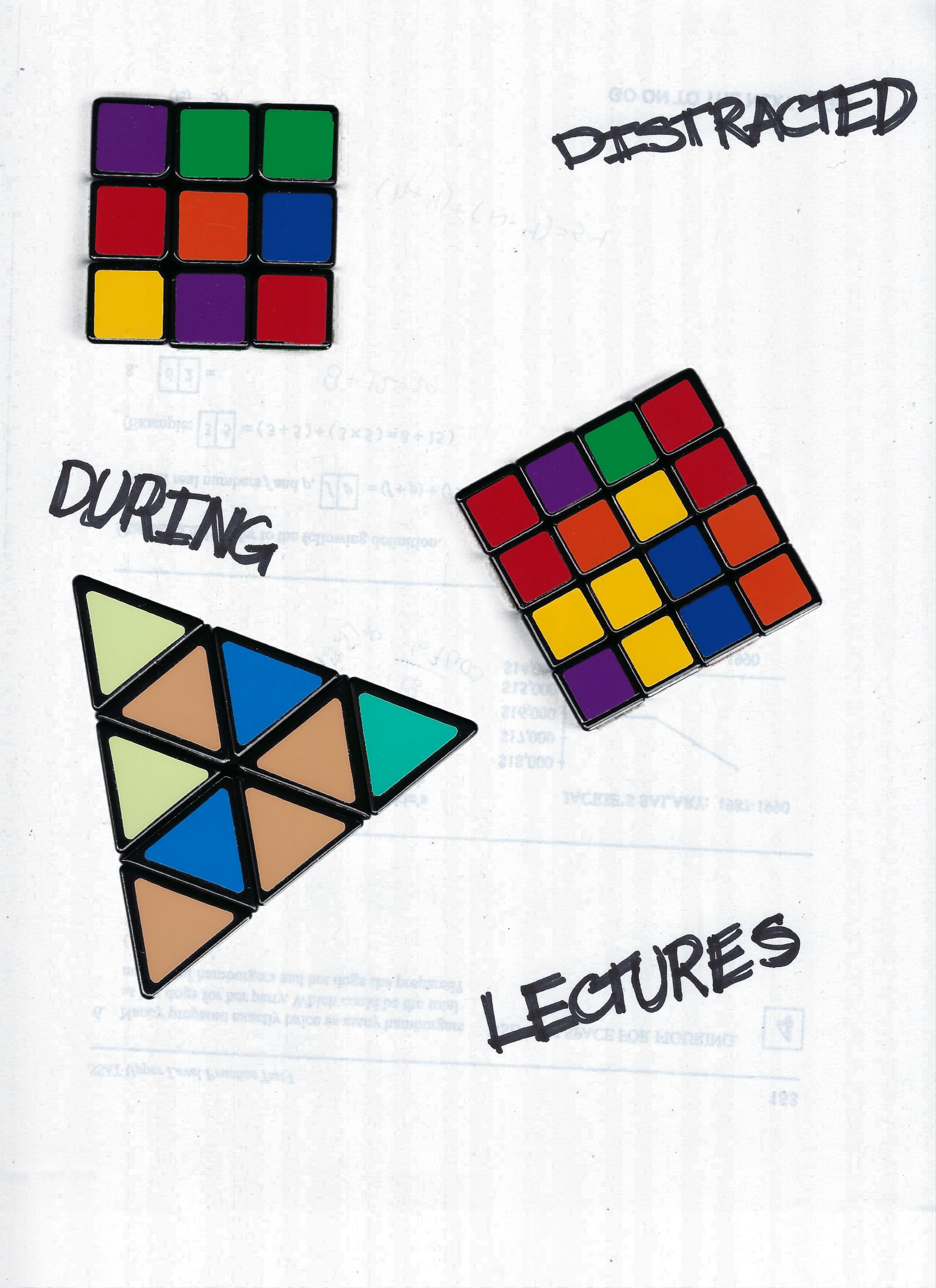
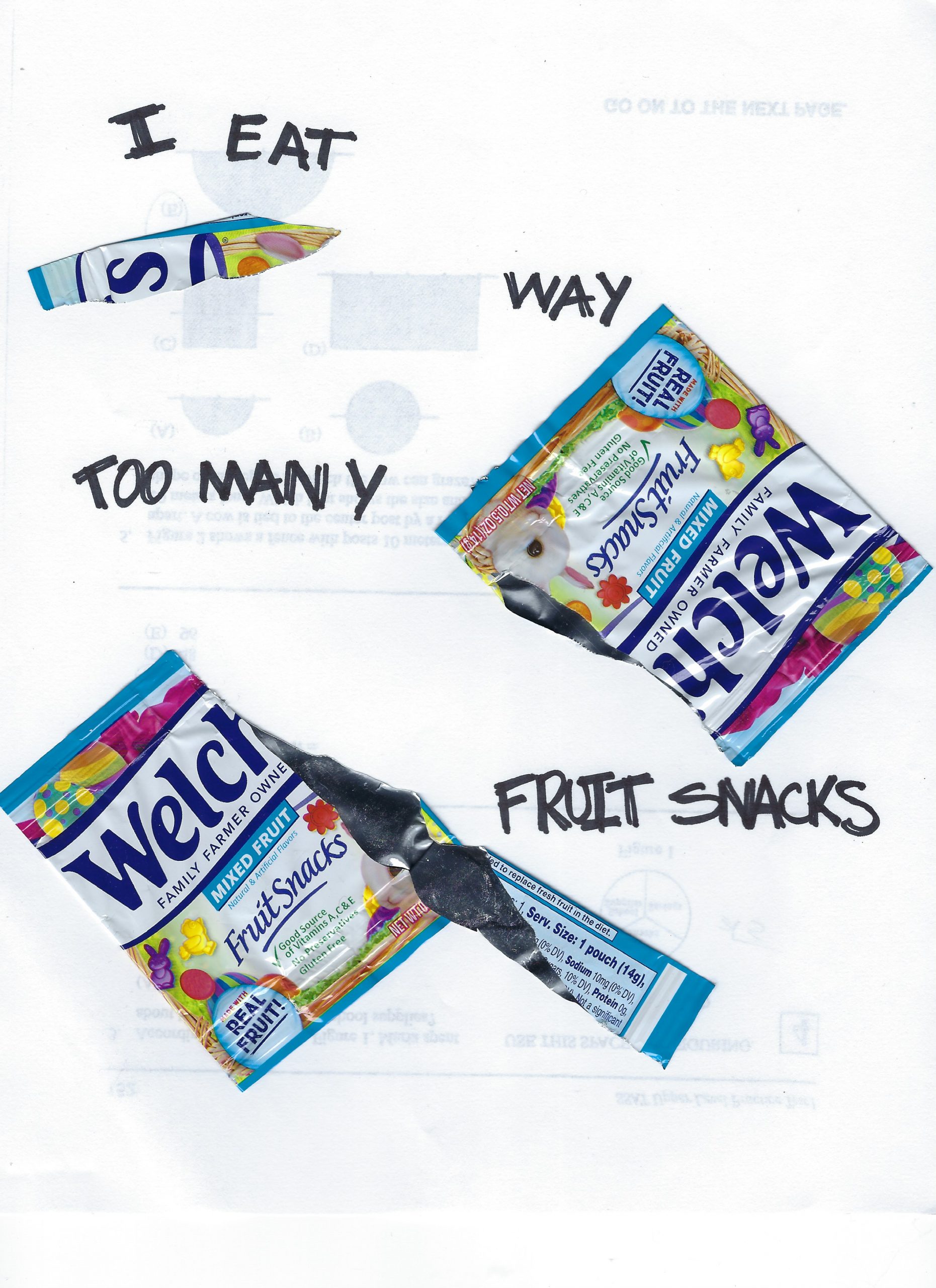
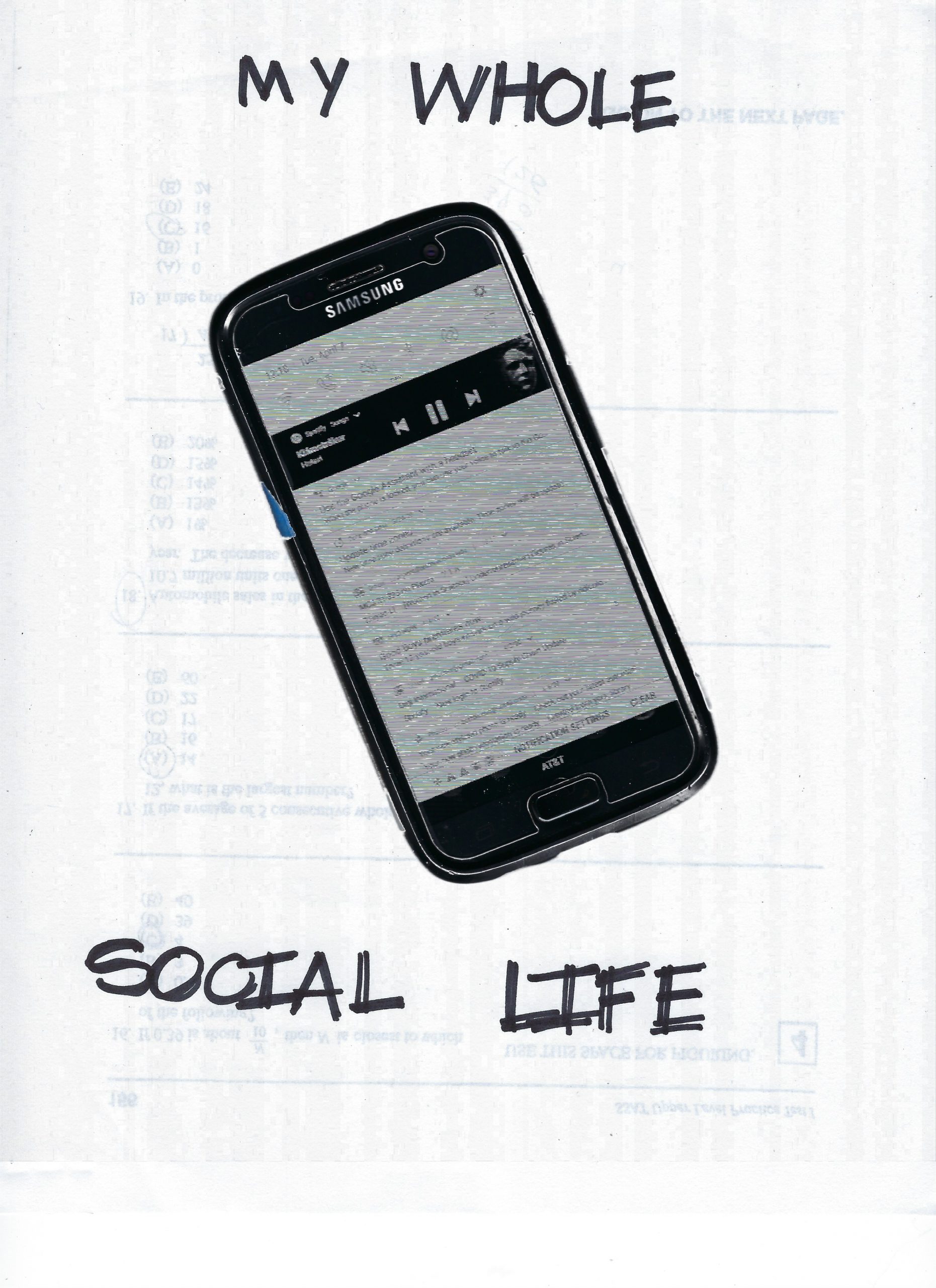
I first thought of the aesthetic of looking at old digital photos and how due to the advances in imaging technology and greater resolution, the old photos often appear blurry and small. So I decided to go into my facebook for some old photos. I found a photo I uploaded over 10 years ago that depicted my friends and I, with the reflection of other friends taking the photo. Taking a new photo of that picture on my monitor I was able to see a reflection of my current surroundings similar to the mirrored reflection in the original photo. Repeating this process with the new capture established more visual feedback with the original image quality as well as the reflections in my own monitor. Enter sentence about time and place and the reflections of it here 😉
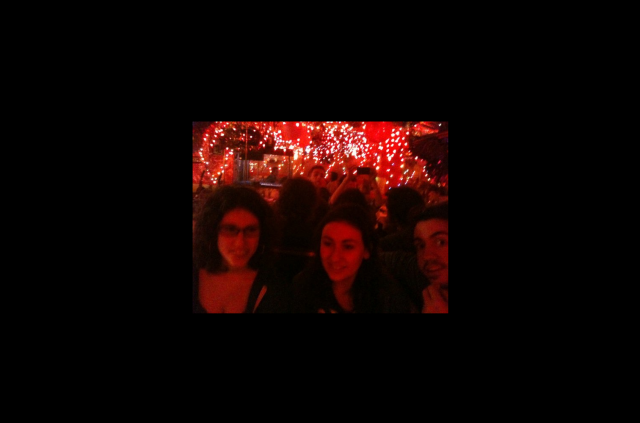
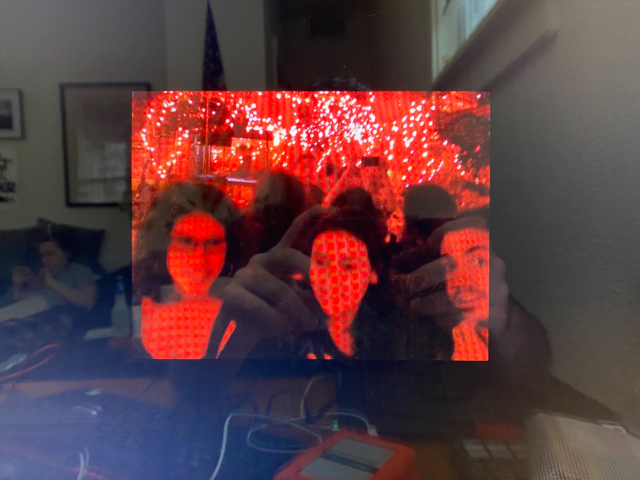
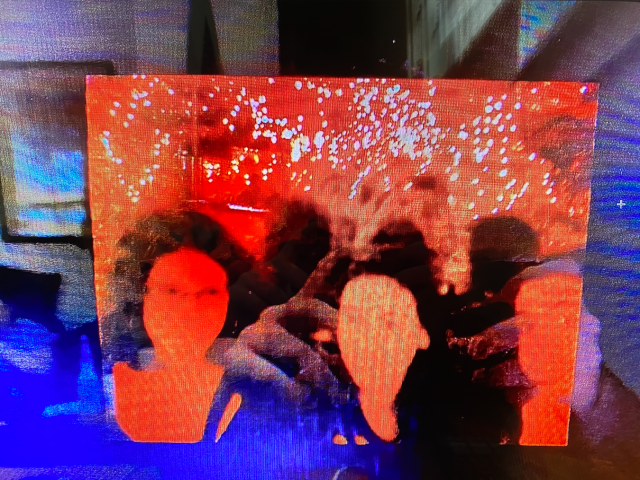
I have been a few days looking for lossy images of myself, avatars, Google results, but due to an intense effort of erasing my online history, now I do not keep many examples of the good old Internet times… In the process of understanding how can work with these lossy images, first I researched how our JPEG images are generated and compressed and I found the website FotoForensics, which explains different methods to analyze images in search of digital manipulations and retouches. One of them is called Error Level Analysis which ‘permits identifying areas within an image that are at different compression levels.’ Original raw images from cameras normally have a great level of detail and contrast which produces higher ELA values (brighter colors), especially in the borders:

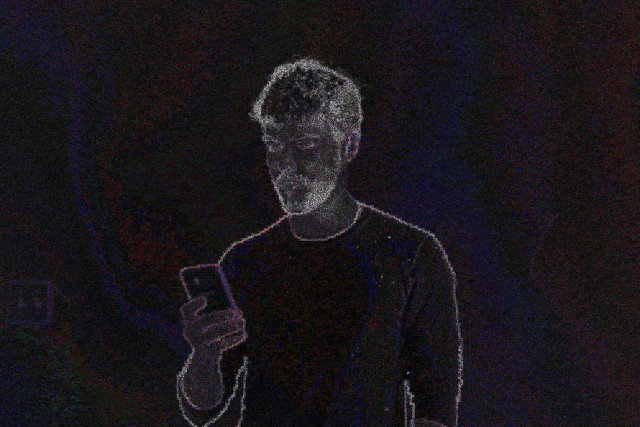
‘JPEG compression attempts to create patterns in the color values in order to reduce the amount of data that needs to be recorded, thereby reducing the file size. In order to create these patterns, some color values are approximated to match those of nearby pixels.’ The resulting image usually is less contrasted (borders are less defined) and therefore, ELA will produce a darker image.

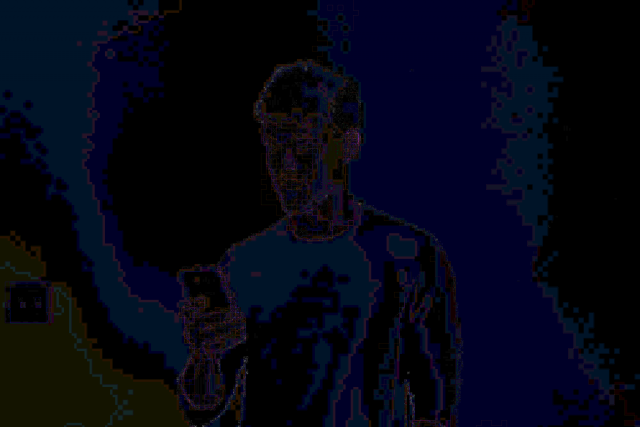
When editing the image removing the background and placing a radial gradient made of two very similar colors, ELA reveals a ‘visible separation between the luminance and chrominance channels as a blue/purple/red coloring called rainbowing’. Under ELA, uniform areas indicate image manipulation.

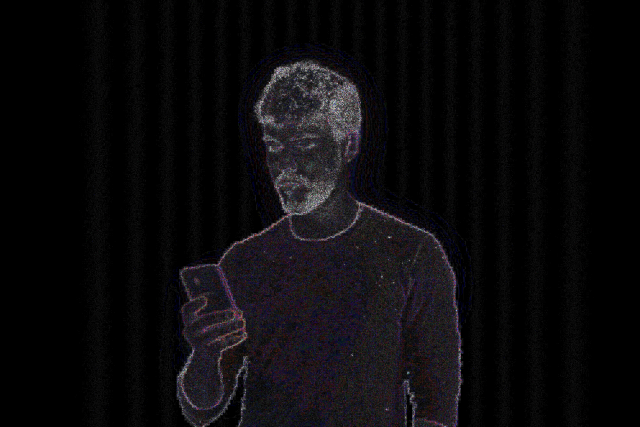
After all this testing time, I thought this analysis also could be reverted to encrypt messages under the areas that have been digitally manipulated, although not so much to be perceived from the JPEG image. Here, I have used a text as a mask in Photoshop and later a gaussian blur affecting that area of pixels.
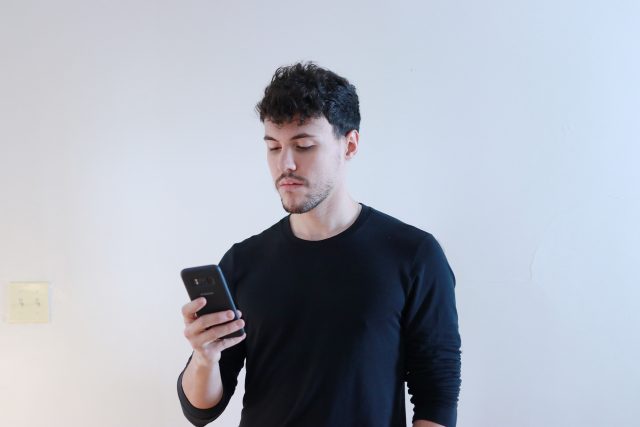
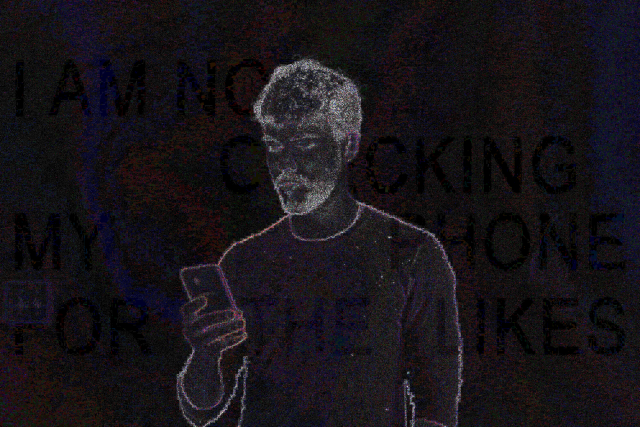
Check also ‘steganography,’ a method that attaches bits of a file to the background noise of JPEG images. It is used to encrypt conversations or documents inside image files: Steganography in contemporary cyberattacks
Started with an unintentional selfie found on laptop — “GrabberRaster_0005.jpg”–I took a photo with my phone of this selfie shown on my laptop screen, then took another photo using my laptop of my phone screen, and then took a photo of laptop screen using my phone again……I did it 10 times in total. After circulating my personal machines many times around, the selfie no longer looked like the original thing, but a blob of halos.
It is an homage to Alvin Lucier’s “I Am Sitting In A Room.”

For this project, I captured my Macbook Pro’s touch bar as it depicted a condensed view of videos I took of myself through the day’s activities.


